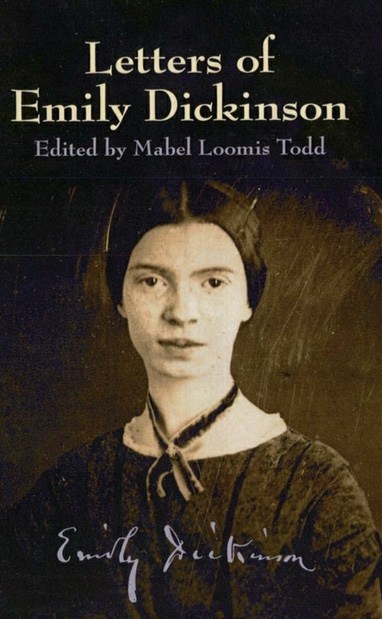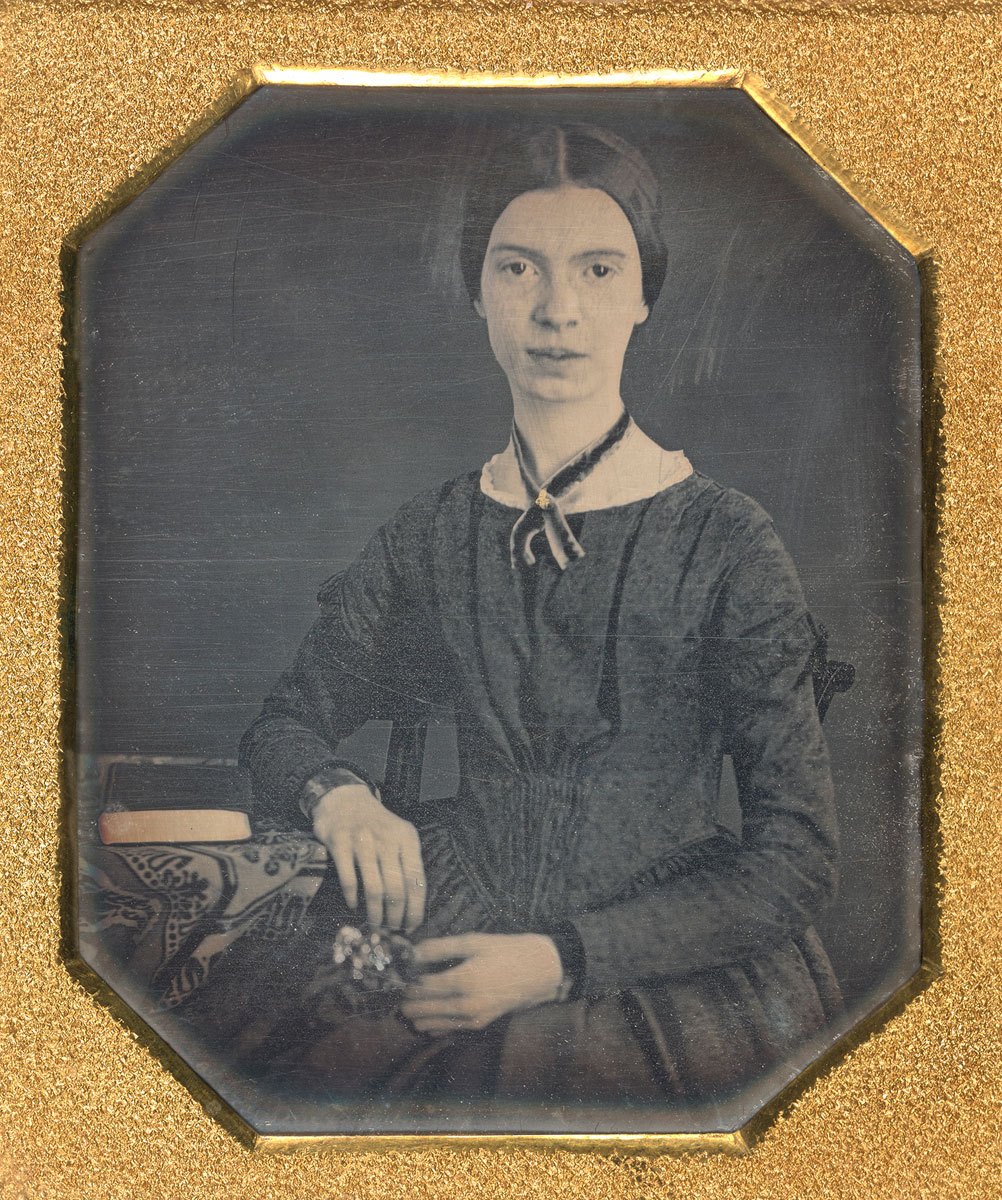
“The people we most love do become a physical part of us, ingrained in our synapses, in the pathways where memories are created,” poet Meghan O’Rourke wrote in her stirring memoir of losing her mother. More than a century earlier, another poet with a rare gift for philosophical prose reflected on mortality in the wake of her own mother’s death.
Emily Dickinson (December 10, 1830–May 15, 1886) was about to turn fifty-two when her mother, after whom she was named, died. A stroke had left her paralyzed and almost entirely disabled eight years earlier. Despite her lifelong infirm health, her disinterest in the life of the mind, and the surges of unhappiness in the Dickinson home, Emily Norcross Dickinson had been attentive and affectionate to her daughter, igniting the poet’s little-known but ardent passion for botany and prompting her to write that “home is a holy thing.”

Although a contemplation of mortality haunts nearly all of Dickinson’s 1775 surviving poems in varying degrees of directness, her mother’s death forced a confrontation with mortality of a wholly different order — loss as an acute immediacy rather than a symbolic and speculative abstraction.
In a letter to her cousins penned shortly after her mother’s death in November of 1882 and found in The Letters of Emily Dickinson (public library),…
The post The Drift Called the Infinite: Emily Dickinson on Making Sense of Loss appeared first on FeedBox.